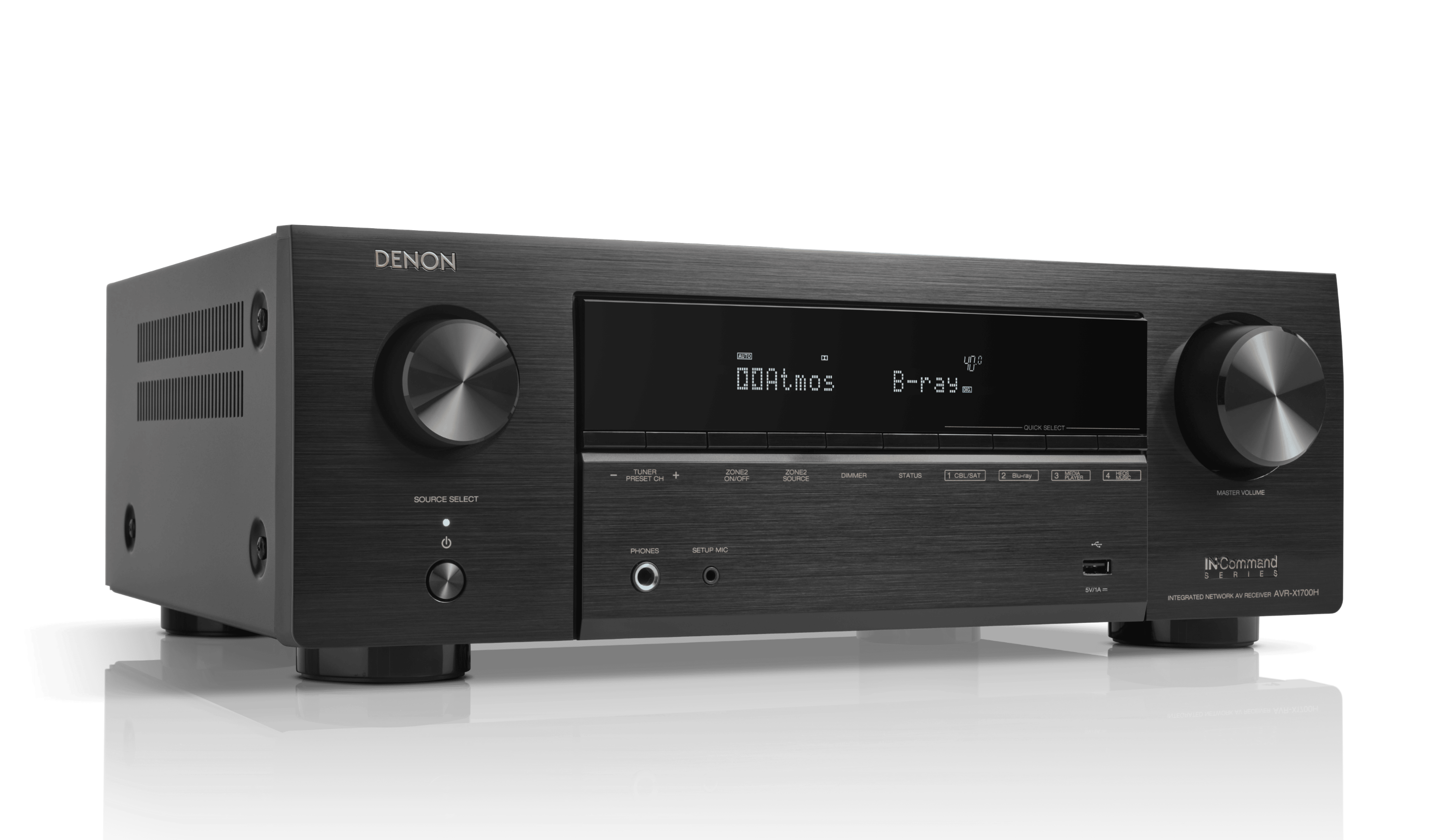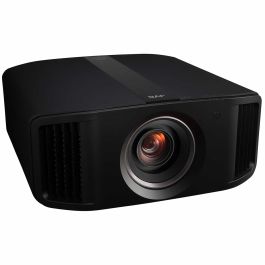
Episode 32 - Adrian Silva of Stewart Filmscreen | Home Theater United Podcast
Home Theater United Episode 32 December 27, 2021 8:00 PM EST Special Guest Adrian Silva of Stewart Filmscreen Reconnection: Whatcha get for Christmas and or Boxing day??? Sam’s got no screen on the wall, oh no! But the carpet is back and the walls are darker, dun dun dun! JVC NZ8 still...
Home Theater United
Episode 32
December 27, 2021 8:00 PM EST
Special Guest Adrian Silva of Stewart Filmscreen
Reconnection:
- Whatcha get for Christmas and or Boxing day???
- Sam’s got no screen on the wall, oh no! But the carpet is back and the walls are darker, dun dun dun!
- JVC NZ8 still delayed
- Matrix DRM Disaster
- Denon 1700h still delayed (best buy had stock for about an hour tho!)
- CES is coming!
- Brian’s Outlaw amp
- What's the general history of Stewart, have you always focused exclusively on screens?
- What are the different lines of screen materials and form factors?
- Can you tell us about your automated masking systems?
- Do you sell more 16x9 or ultra wide?
- How does someone make the call on materials? Can you talk about your web program that goes question by question to narrow it down?
- White versus grey?
- How do you select gain?
- Are laser sparkles and PJ hot spots big considerations?
- Can you order direct from Stewart or must you use a local rep / store?
- Can you tell us more about the Kaleidescape deal?
- Is there really a need for different materials with 8k?
- What’s in your own home theaters?
- Do you think CES 2022 will go? Will you attend or are you CEDIA focused?
Sam - Spider-Man No Way Home Dolby Cinema
Brian - Mortal Kombat 2021 (Dick Tracy quick mention)
Adrian - A Christmas Story









